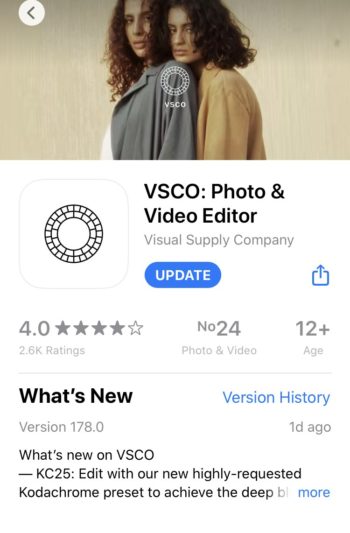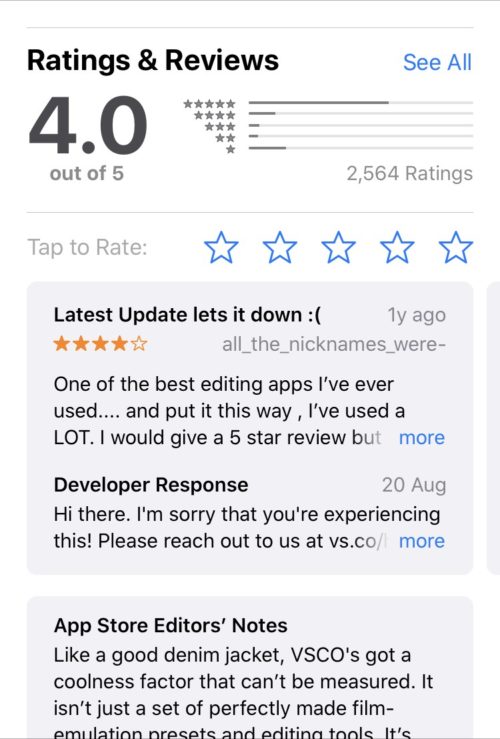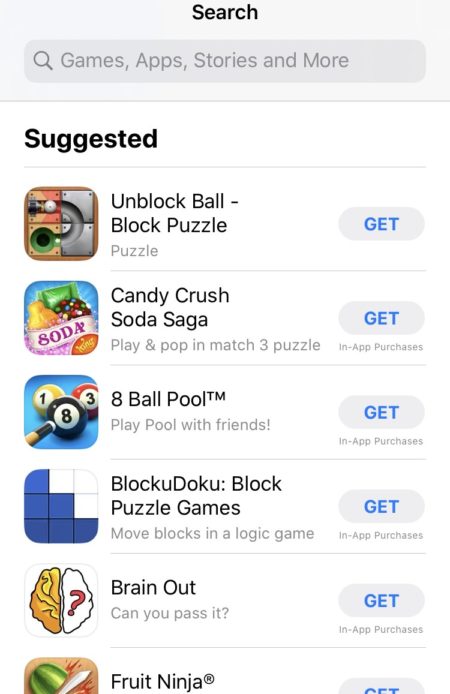With millions of apps available, breaking through the noise is one of the biggest problems for new launches. Just like other optimization methods, it takes work and patience to get your offering in front of the right people. However, when it works, you can grab a spot in the most prominent places in app stores to boost your growth potential.
There are many ways to market apps, and they should be included in an inclusive digital strategy. Still, one of the best techniques to improve reach is app store optimization or ASO for short.
Research has highlighted that many people find relevant apps by browsing app stores. Another top way that apps get found is via the ‘top-rated’ or ‘most popular’ lists. So, being discovered by these methods is an essential way to increase the downloads and popularity of your apps.
Our guide takes you through the basics of app store optimization and explains why it’s a valuable technique to improve your reach. We’ll also give you handy actionable tips so you can start implementing new marketing strategies that include effective app store optimization.



